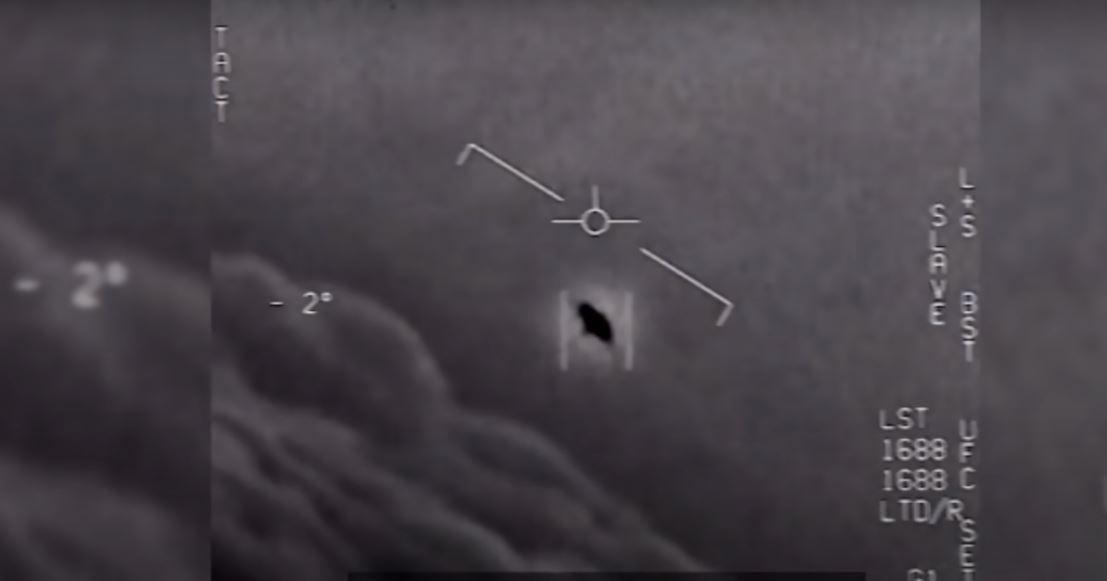

Right, a single subunit (60 kDa) shown as an alpha-carbon trace.

There are 2 contacts (numbered) between the two back-to-back heptameric rings. The structure of the chaperonin GroEL (hsp60) Left, a low resolution view of the 14-mer, from the X-ray crystal structure filtered to 25 A resolution. The ATPase domain structure is homologous to those of actin and hexokinase. The ATP (space filling) binding site is in a cleft. Is the ATPase domain of another member of the Hsp70 family, Hsc70. (front and side views, left and center), with a bound peptide (green) in aĬhannel penetrating right through the DnaK domain. The structure of the substrate binding domain of the Hsp70 protein DnaK It was determined by Kim et al (1998) Nature 394, 595-599, and is a member of the family that includes the eye lens protein alpha-crystallin. It has 24 subunits, each with an immunoglobulin fold, arranged as a hollow shell with holes. The structure of an archaebacterial small heat shock protein. Main role: They prevent inappropriate association or aggregation of exposed hydrophobic surfaces and direct their substrates into productive folding, transport or degradation pathways.

They do not interact with native proteins, nor do they form part of the final folded structures.They stabilize non-native conformation and facilitate correct folding of protein subunits.nascent chains emerging from the ribosome, or extended chains being translocated across subcellular membranes. Molecular chaperones interact with unfolded or partially folded protein subunits, e.g.Membranes or for degradation, and/ or to assist in their correct Stabilize unfolded proteins, unfold them for translocation across Specific objectives: To consider in detail the structural andĪ large group of unrelated protein families whose role is to To get an overview of the major chaperoneįamilies and their modes of interaction with substrates. Oct 2006 Chaperone lecture notes: 6 slides per pageĮM lecture notes: 6 slides per page (nb: 5.2 MB!)Ģ slides per page (nb: 31 pages, 1.8 MB!) Old lecture notes Aims and ObjectivesĪim: To provide an understanding of the roles, Molecular Chaperones MOLECULAR CHAPERONES


 0 kommentar(er)
0 kommentar(er)
